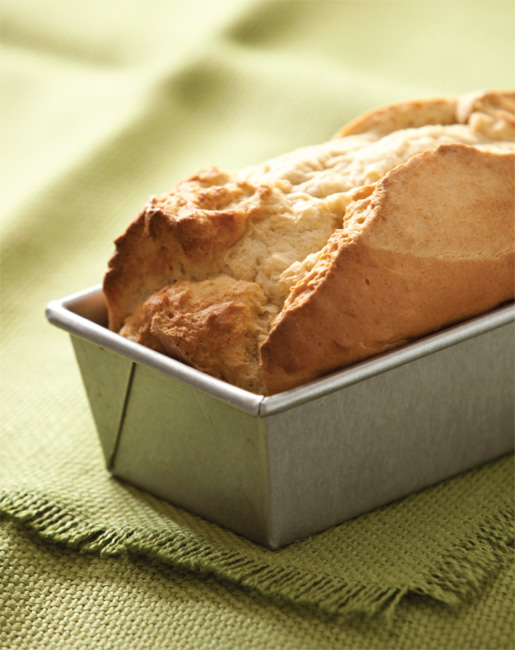
![]()
![]()
The breads in this chapter could be deemed decadent. Many of them contain as much butter and as many eggs as a cake, which is why their mouthfeel is so luxurious. In fact, the quote from Marie Antoinette about the peasants is always given incorrectly. She didn’t say, “Let them eat cake” when she heard the peasants were starving because they couldn’t afford their usual coarse brown bread. What she said was, “Let them eat brioche,” and, when you make this scrumptious brioche recipe, you’ll see why it’s been likened to cake ever since.
I believe there’s a role that rich breads play in our lives. These are the loaves that are a treat to start the day or serve at a civilized afternoon tea. There’s a recipe for challah, the ceremonial Jewish bread that is reserved for celebration of holidays and the Sabbath. And also included are a rich white bread and a few variations to elevate that basic formulation to a new level of delight.
When baking a bread with a rich dough, you have to keep a close eye on it as it bakes, especially when using gluten-free flours and starches, because the high percentage of protein in the eggs and butter produce the Maillard Reaction.
The Maillard Reaction is a culinary phenomenon that occurs when proteins in food are heated to temperatures of 310°F/154.4°C or higher, causing them to turn brown and achieve a richer flavor. It is named for famed French chemist Louis-Camille Maillard, who discovered the process at the start of the twentieth century. The browning reaction is similar to caramelization, but caramel is produced by the browning of sugars, while the molecules browned under the Maillard Reaction are proteins.
What this means is that the loaves will brown on the exterior long before the interior is cooked through. That is why most of these loaves are loosely covered with foil for at least some of the bake time.